Google TV vs Android TV is a highly discussed topic in the streaming industry. The Smart TV app ecosystem has witnessed rapid growth over the past decade. To give you a glimpse – the smart TV market is set to generate around US $67 billion in the U.S. itself by 2025, as stated in a recent report. No wonder that streaming businesses are targeting the lucrative smart TV ecosystem by launching their own branded smart TV app.
Google TV and Android TV are two of the leading names in the lucrative smart TV market.
No matter whether you are planning to launch your own streaming business or already running one, it’s worth leveraging the potential of these smart TV app markets.
To get off on the right foot, it is crucial to know in detail about each of them as well as the basic differences between them. And in this blog, we will walk you through all you need to know about Android TV, Google TV, their key differences, and more!
So, let’s start from the basics before we delve deeper!
What Is Google TV?
Google TV is a smart television platform developed by Google. It integrates streaming services, live TV, and on-demand content into a unified interface, providing users with a seamless and personalized entertainment experience.
Google TV is designed to run on smart TVs and set-top boxes, allowing users to access a wide range of content from various sources, including popular streaming platforms, apps, and traditional broadcast channels.
The platform uses artificial intelligence and machine learning algorithms to recommend content based on user preferences, viewing history, and interests, making it easier for viewers to discover new shows and movies. With its user-friendly interface and advanced features, Google TV aims to redefine how users interact with their TVs and consume digital media content.
What Is Android TV?
Android TV is a versatile and user-friendly smart television platform developed by Google. As an extension of the popular Android operating system, it brings the power of Android’s ecosystem to the big screen, offering a comprehensive entertainment experience for users.
Designed for smart TVs and set-top boxes, Android TV provides access to a wide array of streaming services, apps, and digital content from various sources, enabling users to enjoy their favorite movies, TV shows, and games with ease.
With a user-friendly interface and seamless integration of popular streaming platforms, Android TV offers a unified entertainment hub, bringing together on-demand content and live TV channels.
Android TV’s flexibility extends beyond media consumption, as it supports various apps and games from the Google Play Store, transforming the TV into a versatile entertainment center. Whether it’s streaming the latest blockbusters, playing casual games, or exploring educational apps, Android TV caters to a diverse range of interests and preferences.
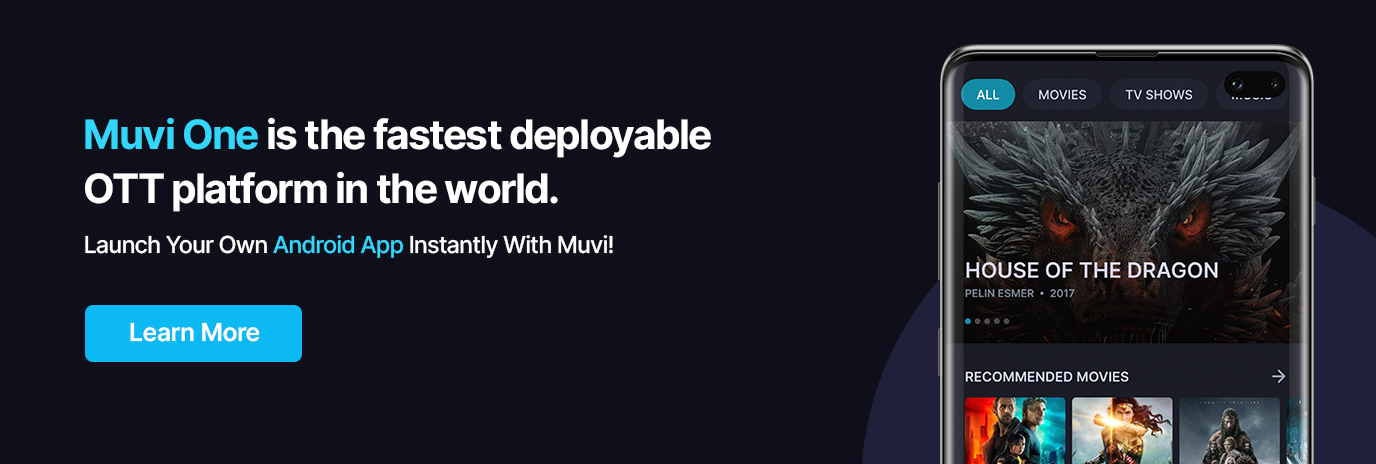
Google TV Vs Android TV: Features Overview
As two prominent smart TV platforms developed by Google, Google TV and Android TV offer distinct features that cater to diverse user preferences.
Let’s explore the key features of both platforms –
1. Google TV Vs Android TV: Apps & OS
Google TV is a relatively new entrant that builds upon the Android TV foundation but provides a more streamlined and user-friendly interface. It focuses on organizing content from various sources into a personalized watchlist.
The apps available for Google TV are tailored to fit the platform’s design language, ensuring a cohesive and intuitive user experience. Google TV has over 10,000 apps in diverse categories such as –
Movies & Shows
- Netflix
- YouTube
- Disney+Hotstar
- Amazon Prime Video
- Apple TV
Etc.
Live TV & Sports
- ESPN
- Fan Code
- Dazn
- NFL
- MLB
- UFC
- NBA
Etc.
Fitness
- Fiton
- iFit
- Peloton
- EQX+
- Gymondo
Etc.
Music
- YouTube Music
- Spotify
- Amazon Music
- Tune In
And others.
On the other hand, Android TV has been around for a bit longer and offers a vast array of apps and games from the Google Play Store. This gives users access to a more extensive ecosystem, making it a versatile choice for those who want to extend the functionality of their smart TV beyond video streaming.
With over 10,000 apps, Android TV comes with a range from different categories such as –
Streaming Apps
- Netflix
- YouTube
- Amazon Prime Video
- HBOmax
- Hulu
- Disney+
- Spotify
Etc.
Live TV
- Fubo TV
- Sling
- Philo
- Hotstar
- NBA
- Haystack TV
Etc.
Apps & Games
- NBA JAM
- Crossy Road
- Shadow Blade
- Final Fantasy
And others.
Android TV, being the older and more established platform, offers a more traditional Android experience on televisions. It runs on the same Android OS foundation but provides a customizable home screen and user interface.
Users have access to the Google Play Store, which allows them to download and install a wide variety of apps, games, and utilities onto their smart TVs.
2. Google TV Vs Android TV: User Interface
The user interface of Google TV is designed to provide a seamless and personalized entertainment experience. The home screen showcases a “For You” tab, where users receive AI-driven content recommendations.
Google TV’s interface emphasizes content from various sources, integrating streaming services, live TV channels, and on-demand content into a unified hub. The platform allows users to easily access their subscribed services, rent or purchase movies and shows, and explore a wide range of content options without navigating through separate apps.
Moreover, Google TV incorporates a “Watchlist” feature, enabling users to save movies and shows they intend to watch later. This functionality streamlines the process of keeping track of desired content, facilitating a more organized and user-centric experience.
Android TV, known for its user-friendly interface, presents a more versatile and app-centric experience. The home screen features a customizable row of app recommendations, enabling users to access their favorite apps quickly.
While content discovery on Android TV also benefits from AI-driven recommendations, it primarily revolves around the apps installed on the platform. The interface of Android TV allows users to explore a wide variety of apps from the Google Play Store, ranging from streaming platforms and games to productivity tools and more.
This app-centric approach empowers users to personalize their TV experience, installing and organizing apps according to their preferences and interests.
Additionally, Android TV offers a “Play Next” row, where users can find their in-progress content across various apps, allowing for a seamless transition between different shows or movies they were previously watching.
3. Google TV Vs Android TV: Content Recommendations
Content recommendations on Google TV take center stage, driven by artificial intelligence and machine learning algorithms. The platform leverages user data, including viewing history, watch time, and interactions, to curate personalized content choices for each user.
The “For You” tab on the home screen dynamically updates and showcases a diverse array of content, ensuring that users are exposed to shows and movies that pique their interest. The emphasis on content curation enhances user engagement and discovery, as users are more likely to explore content tailored to their preferences.
This approach also benefits content creators and streaming businesses, as AI-driven recommendations can lead to increased viewership and content consumption.
While content recommendations on Android TV are also present, they are less prominent compared to Google TV. The platform offers a “Play Next” row that displays content users have previously engaged with across various apps.
This feature simplifies content discovery by presenting users with their in-progress content, facilitating a seamless viewing experience. However, Android TV does not provide the same level of AI-driven content curation as Google TV.
The focus lies more on the user’s app usage and preferences, rather than a unified approach to content discovery from multiple sources.
4. Google TV Vs Android TV: Voice Assistance
Google TV takes voice assistance to new heights with the integration of Google Assistant. With a simple voice command, users can control their TV, search for content, adjust volume, and access various functionalities without lifting a remote. The hands-free navigation provides a seamless experience, allowing users to interact with their TV naturally.
Google Assistant’s capabilities extend beyond TV control, as it can answer queries, provide weather updates, set reminders, and control compatible smart home devices. The voice integration enhances convenience, enabling users to multitask while accessing information or managing their smart home devices, all through voice commands.
Moreover, the contextual nature of Google Assistant allows users to ask follow-up questions without repeating the initial context, creating a more conversational and intuitive interaction.
Android TV also incorporates Google Assistant as a voice assistant, enabling users to control their TV and access various features through voice commands. The hands-free navigation allows for a more effortless and efficient user experience, particularly when searching for content or adjusting settings.
With Google Assistant, users can also enjoy access to a wide range of information and services. From asking general knowledge questions to controlling smart home devices, the voice assistant provides an added layer of functionality and convenience to the Android TV experience.
The contextual understanding of Google Assistant ensures that users can interact naturally and efficiently, simplifying complex queries and providing accurate responses.
5. Google TV Vs Android TV: Live TV Integration
Google TV integrates live TV channels into its unified interface, offering a seamless blend of on-demand and traditional television content. Users can access live TV channels alongside their favorite streaming apps, making it easier to switch between different content sources without leaving the main interface.
The live TV integration provides a one-stop entertainment hub, where users can discover, access, and navigate through a diverse range of content choices, whether it’s live sports, news, or their preferred streaming services.
This unified experience simplifies content consumption, allowing users to enjoy a wide variety of entertainment options without the need to switch between different apps or inputs.
Like Google TV, Android TV also offers live TV integration, allowing users to access and watch live television content directly from their smart TV or set-top box. The live TV integration complements the platform’s focus on versatility, providing a comprehensive entertainment experience that includes both traditional broadcast channels and streaming content.
Users can access live TV channels through various compatible apps and services, expanding the selection of available content and catering to diverse viewing preferences. The integration ensures that Android TV serves as a complete entertainment solution for users seeking a unified platform to access all their favorite content, whether it’s live events or on-demand shows and movies.
6. Google TV Vs Android TV: Home Screen Customization
Google TV focuses on content curation and personalization, aiming to deliver a tailored entertainment experience to each user. This curated approach ensures that users are presented with relevant and engaging content choices, enhancing content discovery and user engagement.
Additionally, Google TV allows users to customize their home screen by adding specific content apps and channels to the “Favorites” row. This feature empowers users to prioritize their preferred content sources, creating a more personalized and accessible entertainment hub.
Android TV offers a more versatile approach to home screen customization. The home screen features a customizable row of app recommendations, allowing users to access their favorite apps with ease. Users can also rearrange the app recommendations or add and remove apps from the home screen, providing a high degree of personalization and flexibility.
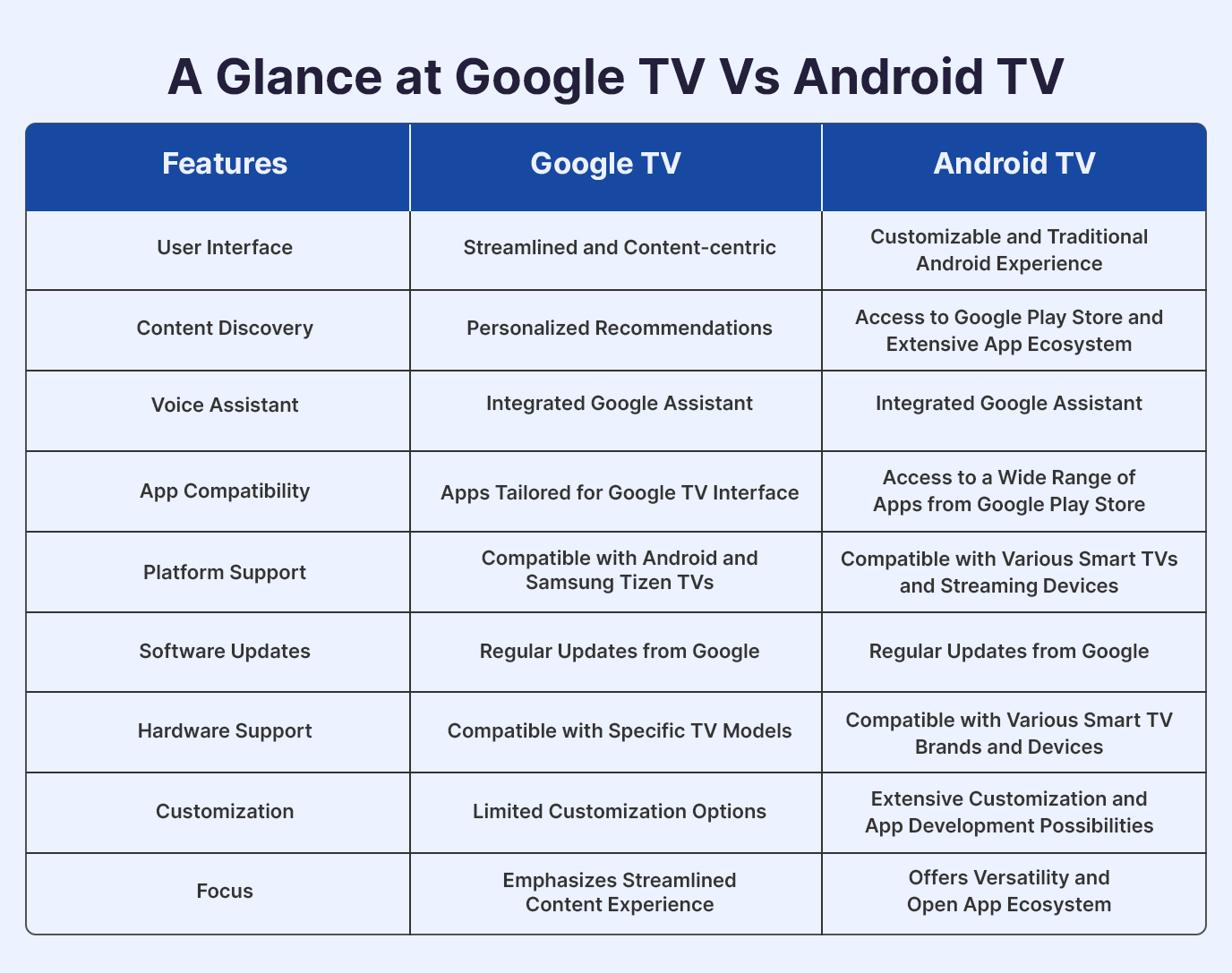
Google TV Vs Android TV: Market and Growth Scope
As two major smart TV platforms developed by Google, Google TV and Android TV have made significant impacts on the smart TV market.
Google TV, introduced in September 2020, is a relatively new entrant to the smart TV market. As a successor to the earlier Google TV platform, it has seen rapid adoption and integration into various smart TV models and streaming devices.
Google TV’s growth scope is promising, driven by its focus on personalized content recommendations and seamless integration with Google’s ecosystem. With continuous updates and improvements to its user interface and features, Google TV is positioned to expand its market presence further.
As stated in a recent market report, the global smart TV market is expected to grow at a CAGR of over 21% during the period 2021-2025. As part of this growth trajectory, Google TV is expected to capture a more substantial share of the market due to its innovative approach to content discovery and personalized recommendations.
As stated in a latest report, as of the first quarter of 2022, Google’s smart TV platforms, including both Android TV and Google TV, accounted for around 16% of the global smart TV market share and the number is subject to rise further.
While it may seem modest compared to other established platforms, Google TV’s adoption rate has been steadily growing as more manufacturers and content providers embrace its innovative features.
Android TV, introduced in 2014, has had more extended exposure in the smart TV market. Its roots can be traced back to Google’s earlier attempt with Google TV, which was reimagined and refined to create Android TV.
Android TV’s growth scope remains robust, supported by its established presence in the smart TV market and continued partnerships with prominent TV manufacturers. As more brands choose to integrate Android TV into their products, the platform’s market share is likely to see steady growth.
The global Android TV market will grow at a CAGR of approximately 20% during the forecast period 2021-2027 as stated in a recent market report. The platform’s proven track record and versatility make it an appealing choice for manufacturers and streaming businesses looking to offer a comprehensive and user-friendly smart TV experience.
Google TV Vs Android TV: Which One Is Better?
From a streaming business perspective, determining the winner between Google TV and Android TV depends on various factors, including the specific goals, target audience, and content distribution strategies of streaming businesses. Both platforms offer unique strengths that can benefit different types of businesses in the competitive smart TV market.
Google TV
Strengths
- Content Curation and Personalization: Google TV’s focus on AI-driven content curation and personalized recommendations enhances content discovery for users, increasing the likelihood of engagement and content consumption.
- Voice Assistance: The integration of Google Assistant with Google TV allows for hands-free navigation and content search, providing a seamless and intuitive user experience.
- Rapid Adoption & Lucrative Growth Scope: Despite being relatively new, Google TV has seen rapid adoption and integration into smart TV models and streaming devices. Also, the market offers promising growth scope.
Suitable for
- Content Providers and Streaming Services: Google TV’s content curation and personalized recommendations can help content providers and streaming services reach their target audience more effectively, leading to increased viewership and user retention.
- Tech-Savvy Audience: The platform’s modern interface and voice assistance capabilities cater to tech-savvy users seeking a cutting-edge smart TV experience.
Android TV
Strengths
- Versatility and Customization: Android TV’s app-centric design and customizable home screen provide a versatile platform for content providers to tailor their app offerings and provide a unique user experience.
- Established Market Presence: Android TV’s widespread adoption across various smart TVs and set-top boxes ensures a broad reach and potential audience base.
- Extensive App Ecosystem: The integration of the Google Play Store enables access to a wide range of apps and games, providing diverse content choices for users.
Suitable for
- Manufacturers and OEMs: Android TV’s adaptability and customizable user interface make it an attractive choice for TV manufacturers seeking to offer differentiated smart TV models to the market.
- Content Aggregators: Android TV’s extensive app ecosystem and app-centric design can benefit content aggregators seeking to provide a comprehensive entertainment experience with access to various content sources.
The Bottom Line
From a business perspective, there is no clear-cut winner between Google TV and Android TV, as both platforms offer valuable features and capabilities that can benefit different types of businesses.
Content providers and streaming services looking to enhance content discovery and provide personalized recommendations may find Google TV more suitable. On the other hand, TV manufacturers and content aggregators seeking a versatile and app-centric platform may prefer Android TV.
Ultimately, you must carefully assess the specific objectives, target audience, and content offerings of your streaming business to make the right decision about which platform aligns best with your strategic goals and growth aspirations in the dynamic and ever-evolving world of smart entertainment.
If you are yet to get started, now is the time!
Muvi One can help you launch your own branded smart TV app without writing a single line of code. With our unique ‘Try your App’ feature, you can create your Android TV app in less than 5 minutes! Moreover, Muvi One supports over 16+ environments, including Android TV, Fire TV, Apple TV, and Roku TV, among others.
Sign up for a 14-day free trial today to launch your own branded smart TV app (no credit card required).

FAQs
1. Google TV Vs Android TV: Why are they getting so much attention in the streaming industry?
Their prominence is due to seamless integration of streaming platforms, cross-device synchronization, voice control, and enhanced user experience, making them central in the evolving streaming landscape.
2. Google TV Vs Android TV: Do both integrate live TV?
Google TV integrates live TV through apps like YouTube TV, while Android TV relies on apps from TV service providers for live content.
3. What are the key features of Google TV?
Google TV offers tailored content recommendations from various streaming services, a Watchlist for bookmarking shows, and a more intuitive search, simplifying content discovery.
4. What are the key features of Android TV?
Android TV provides access to a wide range of apps and games from Google Play Store, voice search via Google Assistant, personalized recommendations, and compatibility with smart home devices.
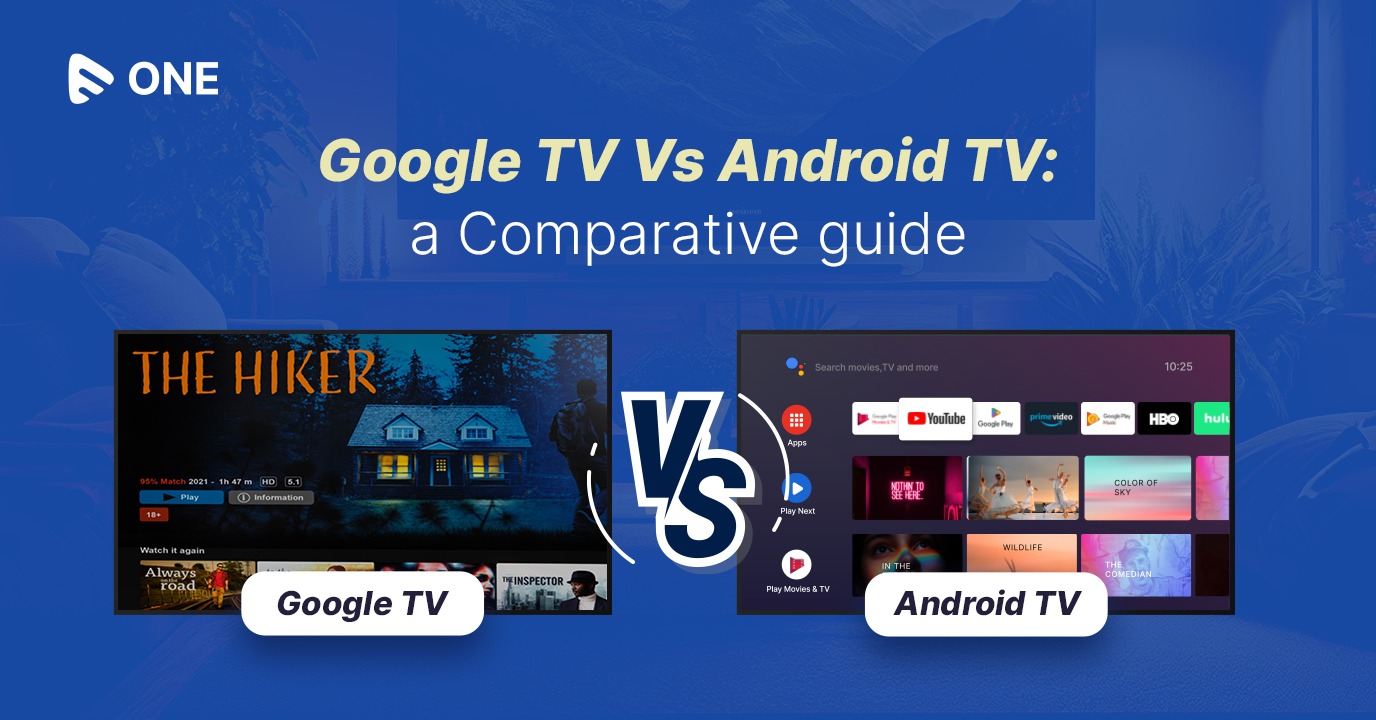






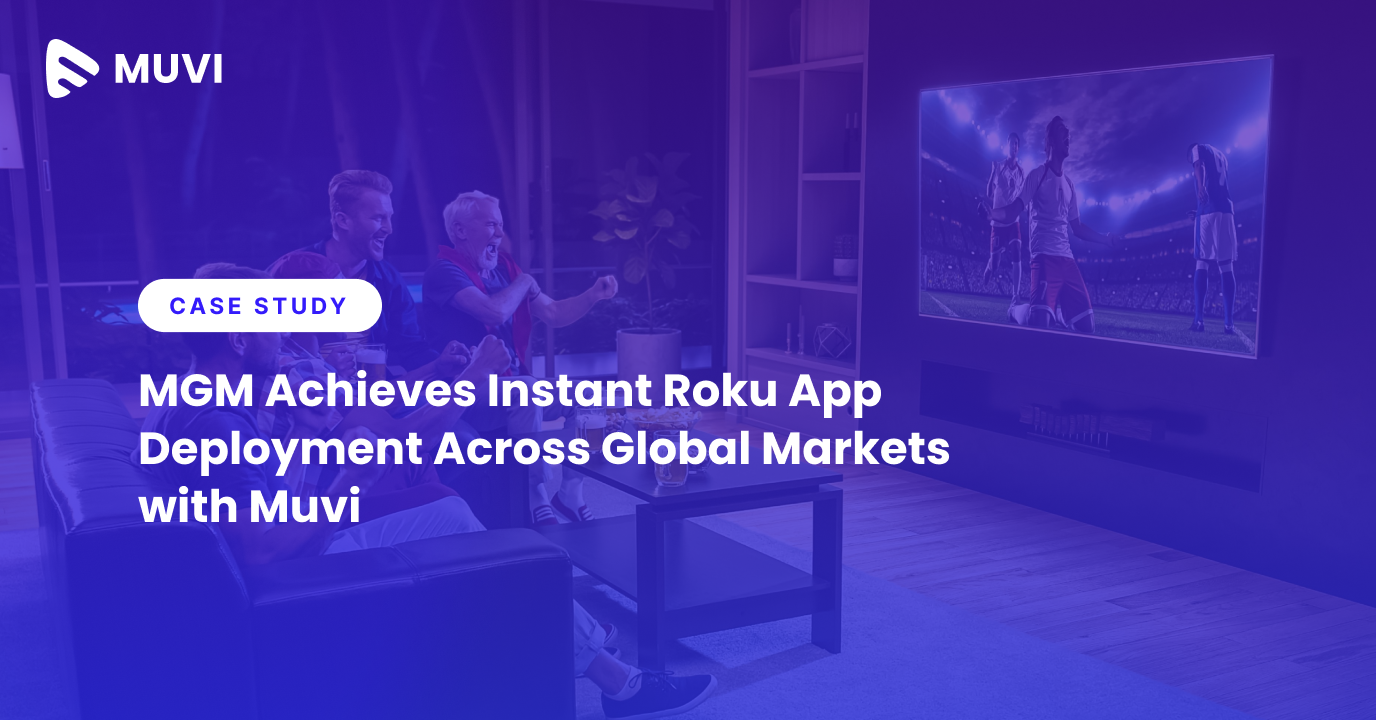




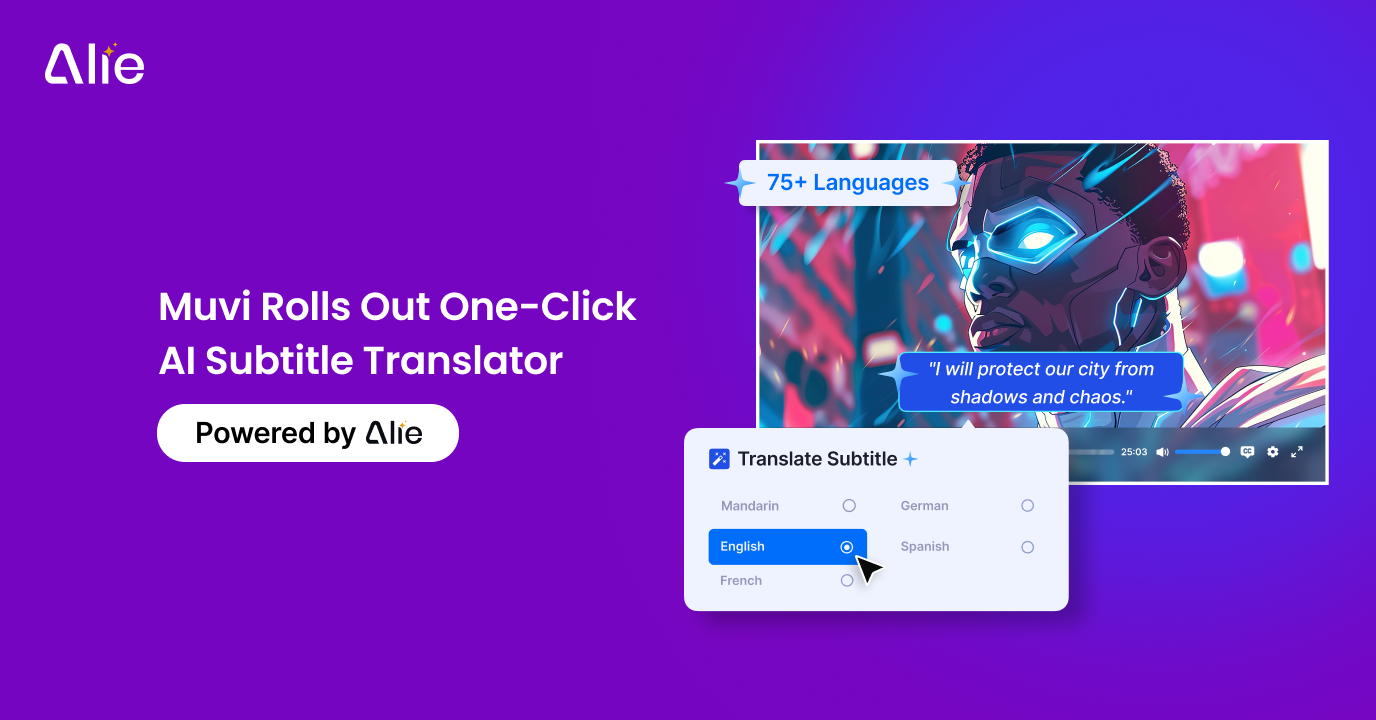
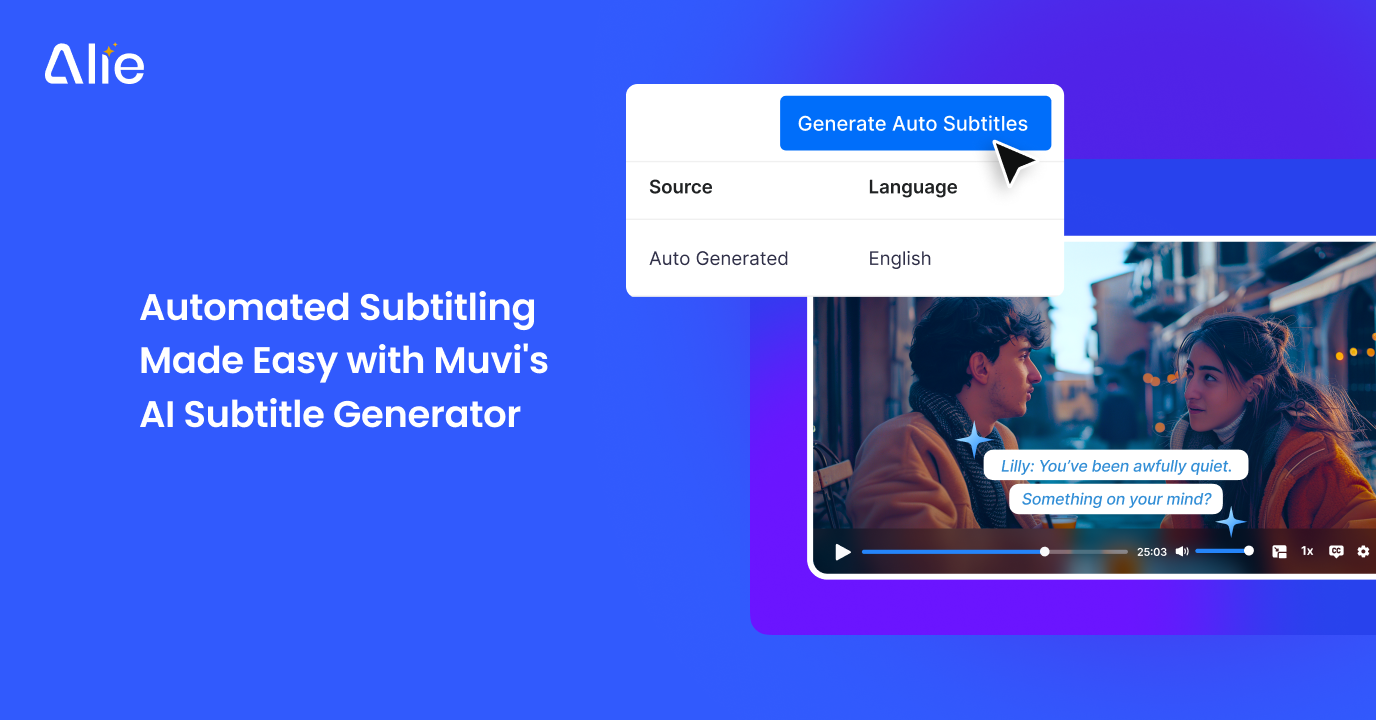
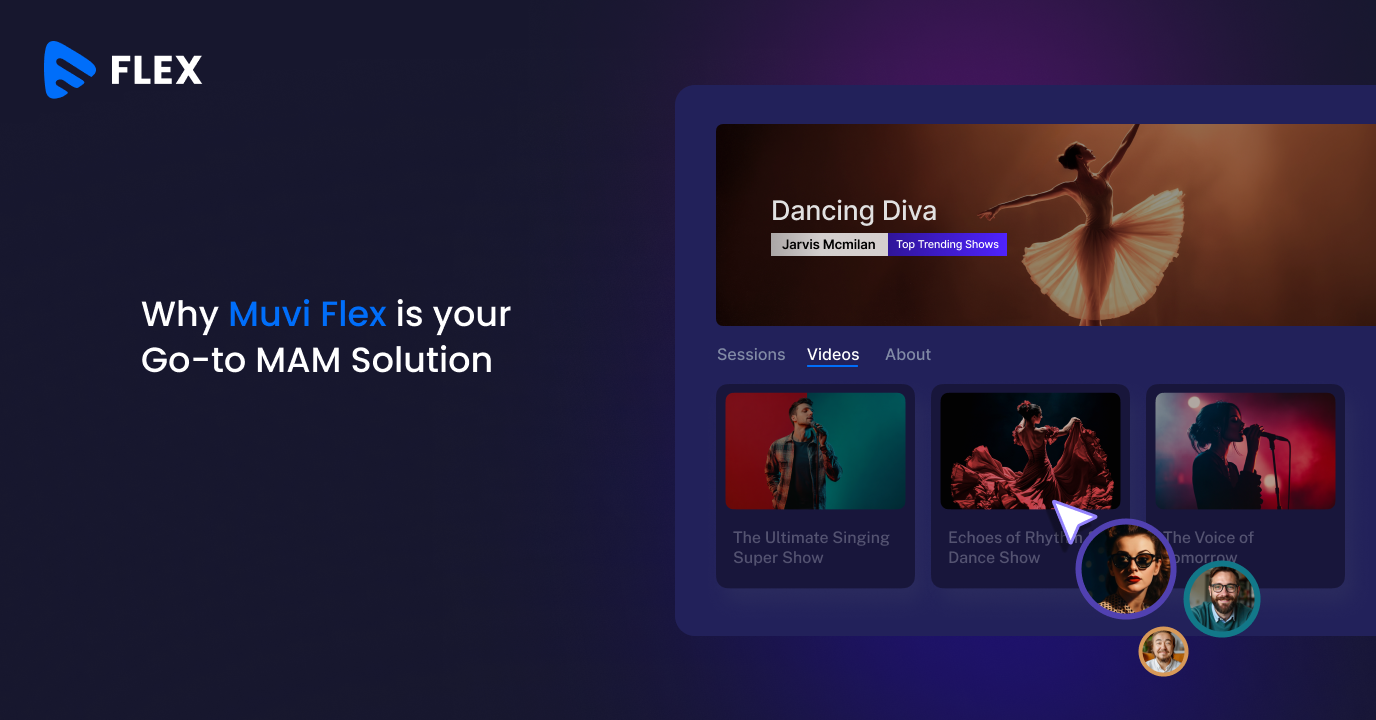



Add your comment